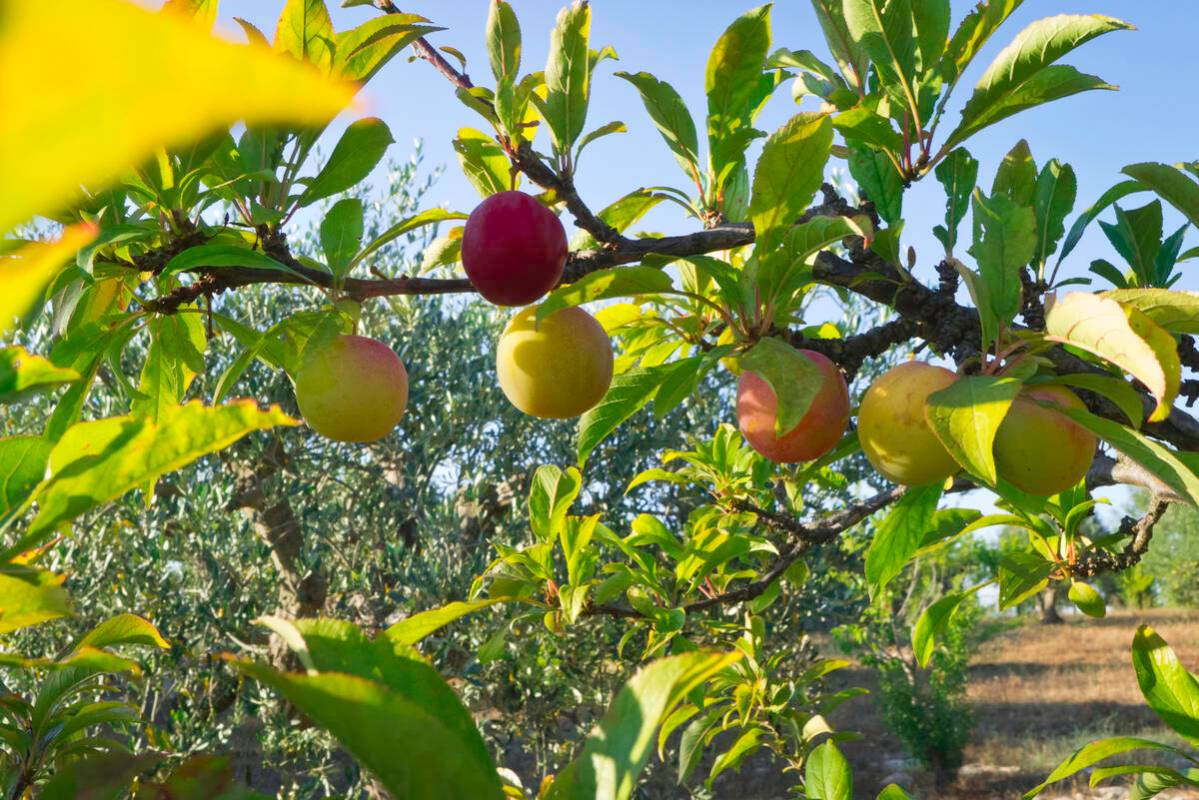How to dispose of damaged tree limbs after borer infestation

Q: I have been cutting off the dead branches on borer-infested trees. Should I burn or dispose of these dead branches?
A: Flat-headed borers can get in the sunburned limbs and young trunks of peach, apple, nectarine, apricot and other fruit trees (and many ornamental trees as well). The damage often causes a single limb death in the early stages and multiple limbs (total collapse of the tree’s canopy) and even death of the tree in later years.
If we can catch these borers in the early stages, we can sometimes clean up the limbs with a sharp, sanitized knife, removing the bark down to fresh wood and exposing the galleries caused by feeding and letting them heal over.
We often see gooey sap oozing from this damaged area after a rain. It is easiest at that point to see where the damage is located and remove the dead or dying bark just above the feeding areas. If it has not gone more than about halfway around the limb or young trunk, we can remove the bark and possibly save the tree.
If the branch has died, it is because we did not catch the damage early enough (it can take a few years of repeat damage before it gets to this point) or there was a very heavy infestation.
Remove this wood and chip it, or cut it into small pieces, and return it to the top of the soil as mulch. If the limb or trunk is cut in small pieces, or chipped, there will be no problem keeping it in the orchard area. If it is larger than this, then remove the branch and dispose of it in case there are borers still inside the limb sections.
Q: I’m struggling to keep my grass alive so I’m going to replace it with artificial turf. I’m concerned this will affect my pistache tree. Is my concern warranted? Can I leave a ring around the tree without turf? If so, how big should it be? Anything else I need to do?
A: With artificial grass, look for an open weave that lets the air from above it move in and out of the soil. Smell it; it should not give off a repulsive smell when the surface temperature is 170 or 180 degrees Fahrenheit (temperatures that it will reach when the air temperature is above 100 degrees). Also, it should look like real grass from a distance.
Before the artificial grass is installed, sprinkle the surface of the soil under the canopy of the pistache tree with a good grade of compost. Do this every two or three years.
I would prefer a half bag of 166 Compost — a municipal compost made by the Inland Empire Composting Facility in Southern California and available locally from Viragrow — because it is an enriched compost. But be careful when this compost is used. Don’t use too much. Only sprinkle it in the area under the canopy. It is a powerful compost full of fertilizer.
Most people cut the grass when the trunk gets larger. The major reason for eliminating grass around the trunk is to prevent a mower from damaging the tree’s trunk. Otherwise, leave the artificial grass up next to the trunk of the tree.
Q: I have a 2-year-old apricot tree. As a tiny sprig the first year, it produced six delicious apricots. This spring it really bloomed and had over 50 apricots. We have had a brutal summer, but the tree was shaded in the afternoon. The tree now has leaves with brown edges.
A: When you get leaves with brown edges, aka leaf scorching, it is usually a sign that there is not enough water reaching the leaves. This is because there is not enough water in the soil or the soil was kept too wet — or the tree has borers. Something was stopping the flow of water to the leaves.
If there is not enough water in the soil, then adding one or two drip emitters will solve this problem. However, in the short term, add extra water twice this week with a hose. Underwatering usually happens when you apply water in minutes, like 10 or 15 minutes, and water is applied two or three times a week (not enough water). A soil moisture meter, used for houseplants (pushed into the soil 6 inches deep), can give you a quick idea if the soil is too dry.
If water is applied every day and lots of it, then the roots can drown. Drowning the roots will suffocate them. They begin dying, and then there are not enough roots to take the extra water in the soil to the leaves. The leaves scorch. If this is the case, then watering less often so the roots can breathe is the answer.
An indicator that too much water is applied is the tree moves easily back and forth in the soil when it is pushed right and left.
Q: I was stunned to notice this morning a dead branch on my Texas sage. This plant has been in the back corner of my yard since 2001. I have had them on an automatic irrigation and am ready to decrease the irrigation since it is not blazing hot.
A: Many people have been watering too often because of the heat. Instead of “decreasing the irrigation,” I would tell you to water less often. But when you water, give the shrub enough water for two or three days. Water less often but deeper. Increase the number of minutes on the irrigation clock or add more emitters to get the water deeper.
Plant roots need a chance to breathe before their next irrigation.
Bob Morris is a horticulture expert and professor emeritus of UNLV. Visit his blog at xtremehorticulture.blogspot.com. Send questions to Extremehort@aol.com.